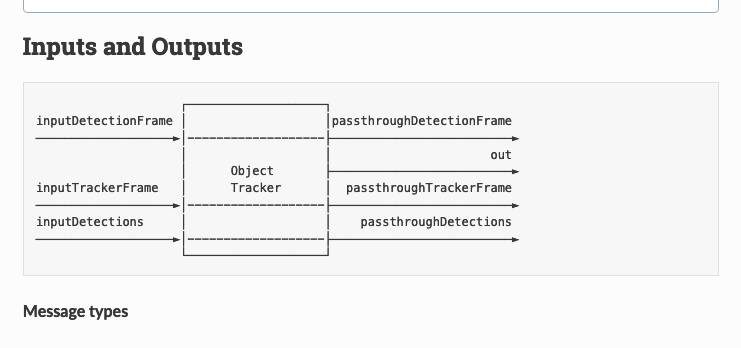jakaskerl
Hi Jaka,
Thanks again for the reply.
I think I have managed to output the detection results, build the ImgDetection, and feed them back into the Object Tracking node. However, I have noticed that the bounding boxes generated by the Detection output are not consistent with the "source" detection bounding boxes of the corresponding tracklet (accessed through the "srcImgDetection" attribute of the Tracklet class) in each frame.
The above problem remains even when I use the original YOLO detection node followed by the Object Tracking node, which is a big surprise for me. Specifically, the latter appears to be delayed sometimes by 1 or 2 frames compared with the raw Detection output. Is my pipeline working properly here? How can I avoid such problem to make both types of bounding boxes consistent in each frame?

